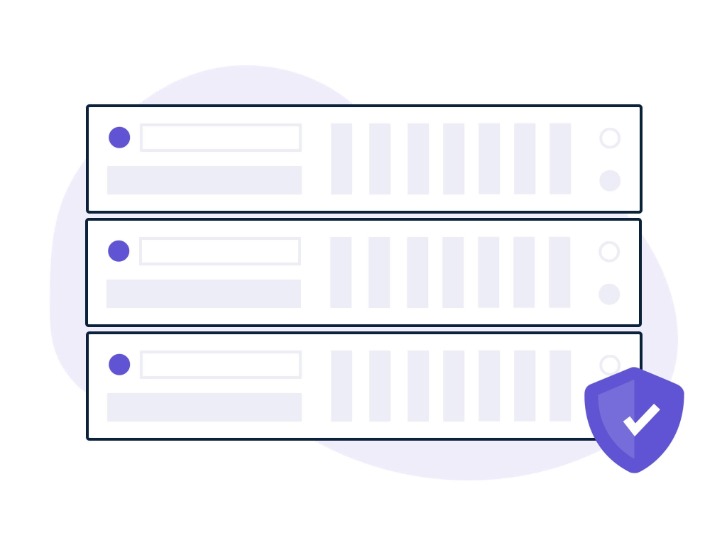Efficient water distribution is critical for maximizing agricultural yield and ensuring optimal use of resources. Among various components that contribute to this efficiency, non-return devices play a significant part in enhancing operational capabilities. By preventing backflow, these essential fixtures ensure that water flows in a singular direction, thus supporting the overall functionality of plumbing installations.
In any well-designed fluid transport setup, incorporating non-return devices is vital for safeguarding pumps and minimizing potential damage caused by reverse flow. They help maintain consistent pressure within the system, greatly influencing system efficiency. Understanding how these devices integrate into water management solutions enables users to appreciate their importance in achieving reliable performance.
As precision and accountability become increasingly significant in agricultural practices, familiarity with crucial components, such as non-return devices, is essential. Their proper use not only promotes longevity of plumbing installations but also enhances overall productivity, making them indispensable in today’s sustainable practices.
How Check Devices Prevent Water Backflow in Irrigation Designs
Water backflow can pose significant challenges in agricultural and landscaping applications. By incorporating specific devices into plumbing installations, professionals can enhance system efficiency. These mechanisms act as one-way passages, ensuring that liquid moves in a designated direction, thereby safeguarding valuable resources and preventing contamination.
In situations where pressure drops occur, backflow might happen, leading to potentially harmful implications for crops and surrounding environments. Advanced solutions are dedicated to this critical issue by effectively blocking reverse flow. This feature is essential for maintaining irrigation safety and protecting the entire distribution network.
Additionally, utilizing these devices contributes to lower maintenance costs and extends the lifespan of various components within the infrastructure. For thorough guidance and quality products related to this topic, consider visiting https://onetouchplumbing.org. Implementing these strategies can ultimately lead to a more reliable and efficient water delivery system.
Ultimately, prioritizing proper design and functionality in each installation translates to improved agricultural practices and sustainable water management. Ensuring effective flow control must remain a foremost consideration for anyone involved in landscape and agricultural planning.
Selecting the Right Check Valve Type for Your Irrigation Setup
Choosing an appropriate non-return accessory for your watering configuration is crucial for enhancing overall system efficiency. Different types exist, each tailored for specific applications and environments.
First, consider the spring-loaded
Another option is the piston
For those working with variable flow rates, a silent
Additionally, flapper
Finally, when integrating your selection into existing plumbing installations, always assess the specific requirements of your application–consider factors such as pipe size, expected pressure, and anticipated flow rates. This attention to detail will greatly enhance both component longevity and system efficiency.
Maintenance Tips for Ensuring Optimal Check Valve Performance
Regular upkeep is essential for maintaining system efficiency in your plumbing installations. By adhering to simple maintenance practices, you can prolong the lifespan of these components and prevent costly repairs.
1. Routine Inspections: Inspect valves periodically for signs of wear, leaks, or corrosion. Early detection of issues can minimize disruptions and promote irrigation safety.
2. Cleaning: Debris and sediment can accumulate over time, impacting functionality. Clean the components regularly to ensure unobstructed flow and optimal performance.
3. Lubrication: Some models may require occasional lubrication to facilitate smooth operation. Refer to manufacturer guidelines to select the appropriate lubricant.
4. Replacement of Damaged Components: If a valve exhibits irreversible damage, replace it promptly. This is crucial to maintain system integrity and prevent potential failures.
5. Seasonal Maintenance: For systems that face freezing temperatures, ensure valves are properly winterized to withstand harsh conditions without compromising their functionality.
By implementing these tips, you can ensure the longevity and effectiveness of your plumbing installations, contributing to a more efficient irrigation setup.

